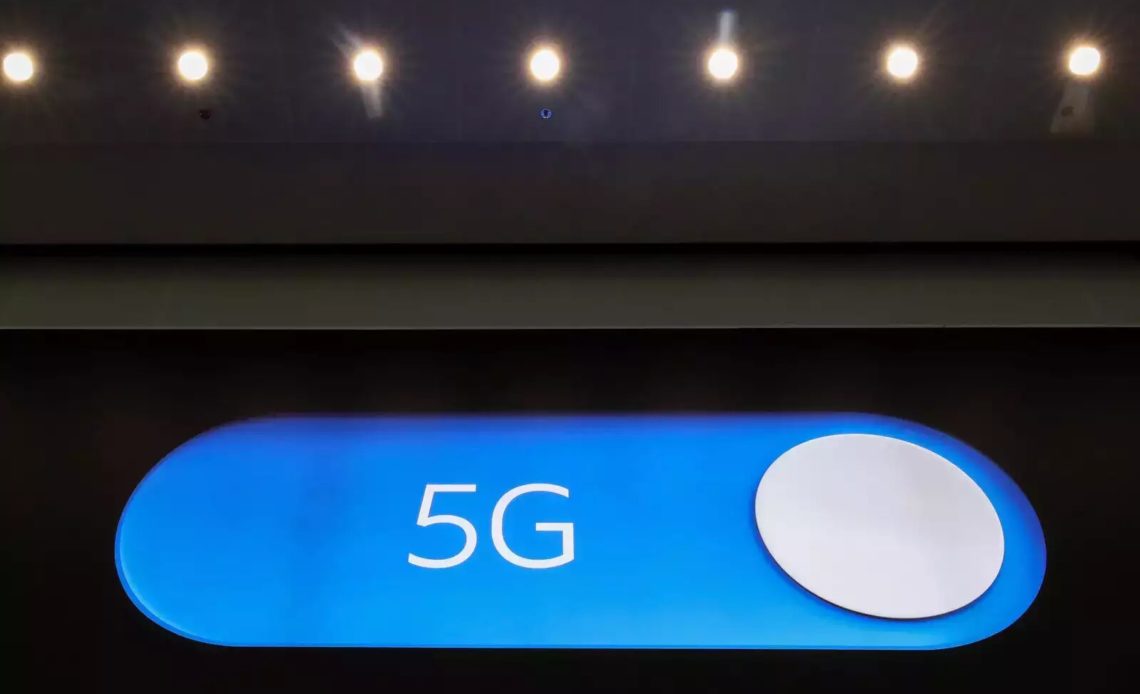
NEW DELHI: Enterprises in India seem to be upbeat about the prospects of 5G technology, with 52% of them saying they want to start using fifth-generation services in 2022 or 2023 while 31% expect to use 5G in 2024, according to a joint whitepaper by Omdia and Ericsson released Tuesday.
“Importantly, 5G adoption in India will be far more diverse than that of 4G, given the wide range of consumer and enterprise use cases that 5G supports,” as per the joint findings.
This is even as a decision by the Union Cabinet on direct spectrum allotment to enterprises for setting up their 5G private captive wireless private networks (CPWNs) has become a flash point between Indian telecom operators and technology companies.
Learn more about Private LTE Network


